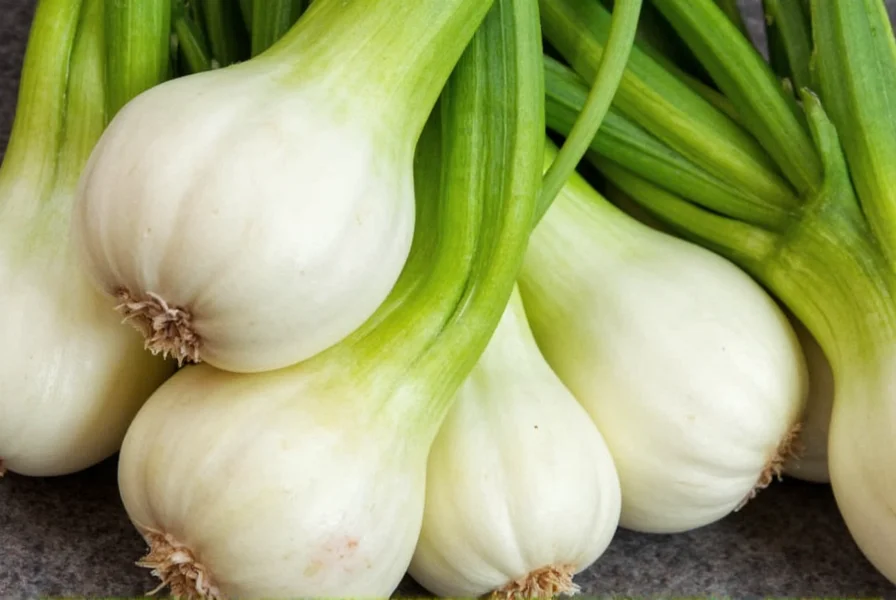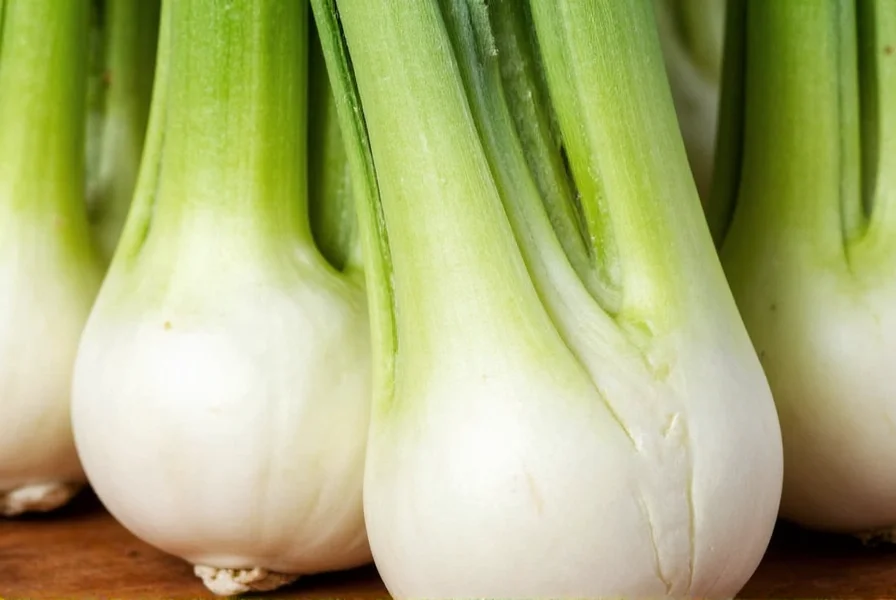Fennel bulbs represent one of the most versatile yet underutilized vegetables in modern kitchens. This aromatic vegetable, scientifically known as Foeniculum vulgare, offers a unique flavor profile that bridges the gap between sweet and savory applications. Unlike many specialty ingredients, fennel bulbs deliver exceptional culinary flexibility while providing significant nutritional benefits that make them worthy of regular inclusion in balanced diets.
Understanding Fennel Bulb Characteristics
Fennel bulbs feature a distinctive oval shape with tightly packed, layered white to pale green flesh surrounding a pale green core. The entire plant is edible - from the bulbous base to the feathery fronds that resemble dill. When selecting fennel bulbs at your local market, look for firm, heavy specimens with crisp stalks and vibrant green fronds. Avoid bulbs with brown spots, splits, or signs of flowering, which indicate maturity and potential toughness.
The flavor profile of raw fennel bulb resembles a mild anise or licorice, though significantly less intense than star anise. This characteristic flavor mellows considerably when cooked, transforming into a sweet, caramelized vegetable with subtle earthy notes. Understanding what does fennel bulb taste like when raw versus cooked is essential for proper recipe integration.
Selecting and Storing Fennel Bulbs Properly
Proper selection and storage significantly impact fennel bulb quality and shelf life. When choosing fennel bulbs:
- Select bulbs that feel heavy for their size, indicating freshness and moisture content
- Check for crisp, bright green stalks attached to the bulb
- Avoid bulbs with visible brown spots or soft areas
- Smaller bulbs (2-3 inches in diameter) typically offer the most tender texture
For optimal storage, remove any attached stalks and fronds (store these separately in a damp paper towel), then wrap the bulb tightly in plastic wrap or place in an airtight container. Properly stored in the refrigerator's crisper drawer, fresh fennel bulbs maintain quality for 7-10 days. Never wash fennel bulbs before storage, as excess moisture accelerates spoilage.

Preparing Fennel Bulbs for Cooking
Mastering how to prepare fennel bulb properly unlocks its culinary potential. Follow these steps for optimal preparation:
- Trim the stalks about 1 inch above the bulb
- Cut off the root end
- Peel away any tough or discolored outer layers
- Stand the bulb upright and slice vertically through the core
- Remove the tough core portion if desired (optional for raw preparations)
The core contains slightly tougher fibers, so many chefs remove it for raw applications but leave it intact for roasting or braising, as it softens during cooking. Don't discard the fronds - they make an excellent herb substitute for dill in salads, dressings, and garnishes.
Nutritional Profile and Health Benefits
Fennel bulbs deliver impressive nutritional value with minimal calories. A 100g serving contains approximately:
| Nutrient | Amount per 100g | % Daily Value |
|---|---|---|
| Calories | 31 | 2% |
| Dietary Fiber | 3.1g | 11% |
| Vitamin C | 12mg | 13% |
| Potassium | 414mg | 9% |
| Folate | 27mcg | 7% |
Research indicates several science-backed fennel bulb nutritional benefits, including improved digestion due to its high fiber content and natural compounds that may reduce inflammation. The vegetable contains antioxidants like rosmarinic acid and quercetin that support cellular health. Unlike many specialty vegetables, fennel bulbs offer these benefits while remaining low in calories and carbohydrates, making them suitable for various dietary approaches.
Versatile Culinary Applications
Understanding how to cook fennel bulbs properly maximizes their culinary potential. Here are the most effective preparation methods:
- Raw: Thinly sliced in salads, slaws, or as a refreshing crudité with dips
- Roasted: Cut into wedges, tossed with olive oil, and roasted at 400°F (200°C) for 25-30 minutes
- Grilled: Sliced lengthwise and grilled for 3-4 minutes per side for smoky flavor
- Braised: Cooked slowly in broth or wine until tender and flavorful
- Sautéed: Thinly sliced and cooked over medium heat until golden and tender
When exploring fennel bulb recipe ideas, consider these classic pairings that enhance its natural flavor profile:
- Citrus fruits (orange, lemon) for salads
- Fish and seafood for complementary flavor profiles
- Olive oil and garlic for Mediterranean preparations
- Potatoes for roasted vegetable medleys
- Apples for fall-inspired salads

Substitutes When Fennel Bulbs Aren't Available
If you're searching for what to substitute for fennel bulb, several alternatives can work depending on your preparation method:
- For raw applications: Celery hearts or jicama offer similar crisp texture
- For cooked applications: Anise bulb or celery root provide comparable earthiness
- For flavor profile: A small amount of fennel seed plus celery can mimic the flavor
Keep in mind that no substitute perfectly replicates fennel's unique combination of texture and flavor, but these alternatives can help maintain dish integrity when fennel bulbs aren't available.
Seasonal Availability and Sourcing Tips
Fennel bulbs reach peak season from fall through early spring, though they're generally available year-round in most markets. For the best quality and flavor, seek out locally grown fennel during its natural season. Farmers' markets often offer the freshest specimens with attached fronds still vibrant green. When selecting organic fennel bulbs, look for the USDA organic certification to ensure no synthetic pesticides were used during cultivation.
Frequently Asked Questions
Can you eat the entire fennel bulb?
Yes, the entire fennel bulb is edible. The bulbous base, stalks, and feathery fronds all serve different culinary purposes. The bulb works best in cooked or raw vegetable applications, stalks can be used like celery in stocks and soups, and the fronds function as a fresh herb similar to dill.
How do you reduce the licorice flavor of fennel bulb?
Cooking significantly reduces fennel's natural anise flavor. Roasting, grilling, or braising transforms the flavor profile to become sweeter and more caramelized. For raw applications, try pairing with citrus or vinegar-based dressings which help balance the licorice notes.
Are fennel bulbs good for digestion?
Yes, fennel bulbs contain dietary fiber and natural compounds like anethole that may support digestive health. Traditional medicine has used fennel for centuries to alleviate bloating and improve digestion, though scientific evidence continues to evolve regarding specific mechanisms.
Can you freeze fennel bulbs?
Yes, but with limitations. Raw fennel bulbs don't freeze well due to their high water content, which causes texture changes. For best results, blanch sliced fennel for 2-3 minutes, cool in ice water, then freeze in airtight containers for up to 6 months. Frozen fennel works best in cooked applications like soups and stews.
What's the difference between fennel bulb and Florence fennel?
There is no difference - Florence fennel is simply another name for the same vegetable we commonly call fennel bulb. The term originates from Italy (Florence), where this variety was traditionally cultivated for its enlarged, bulbous base rather than primarily for its seeds.











 浙公网安备
33010002000092号
浙公网安备
33010002000092号 浙B2-20120091-4
浙B2-20120091-4